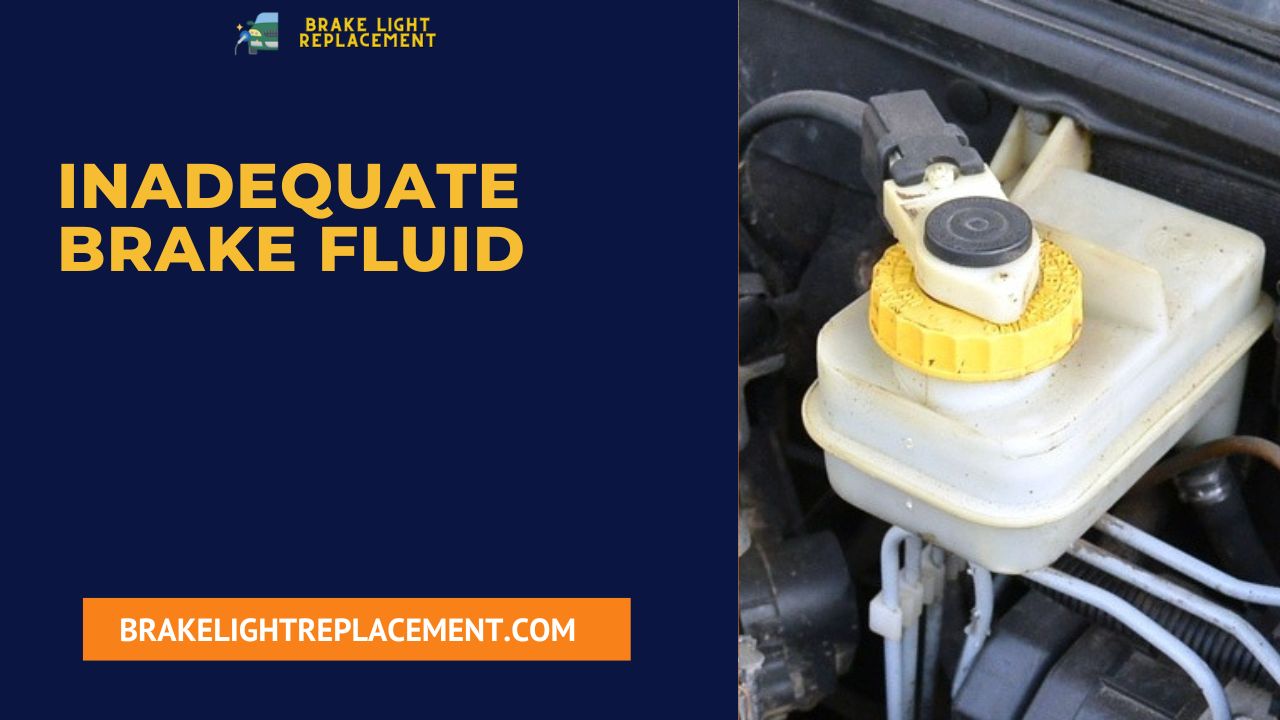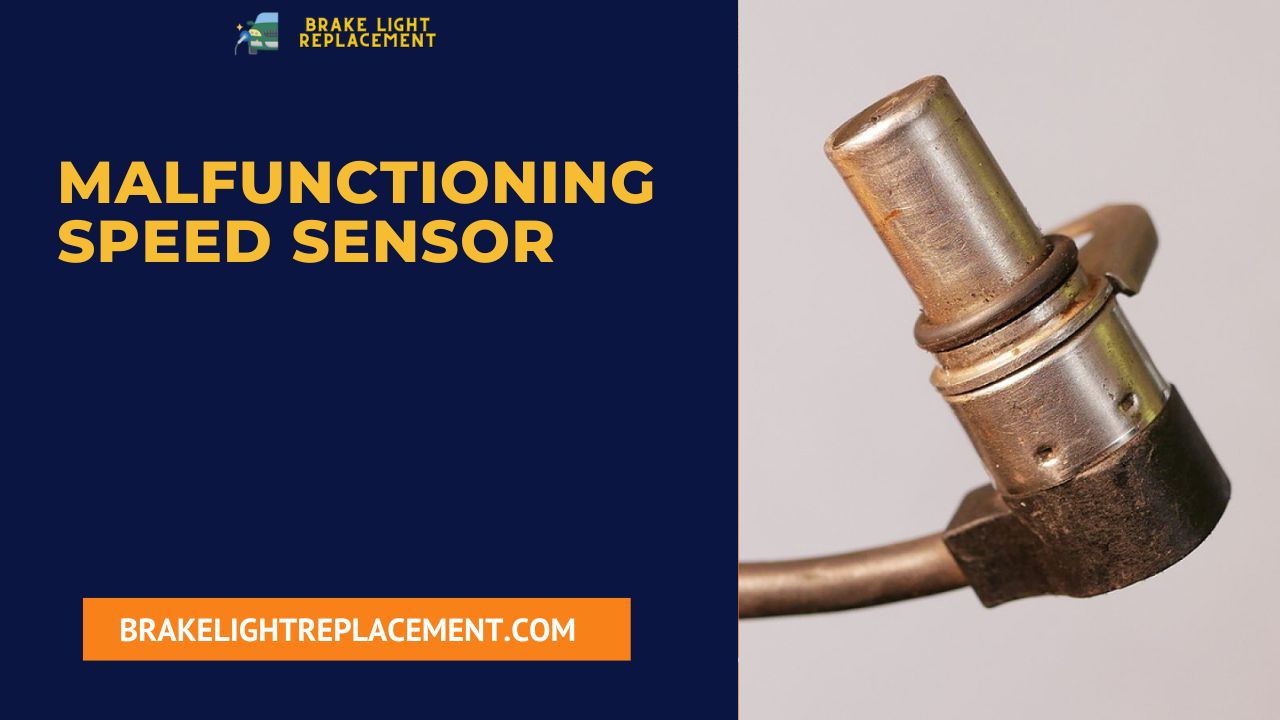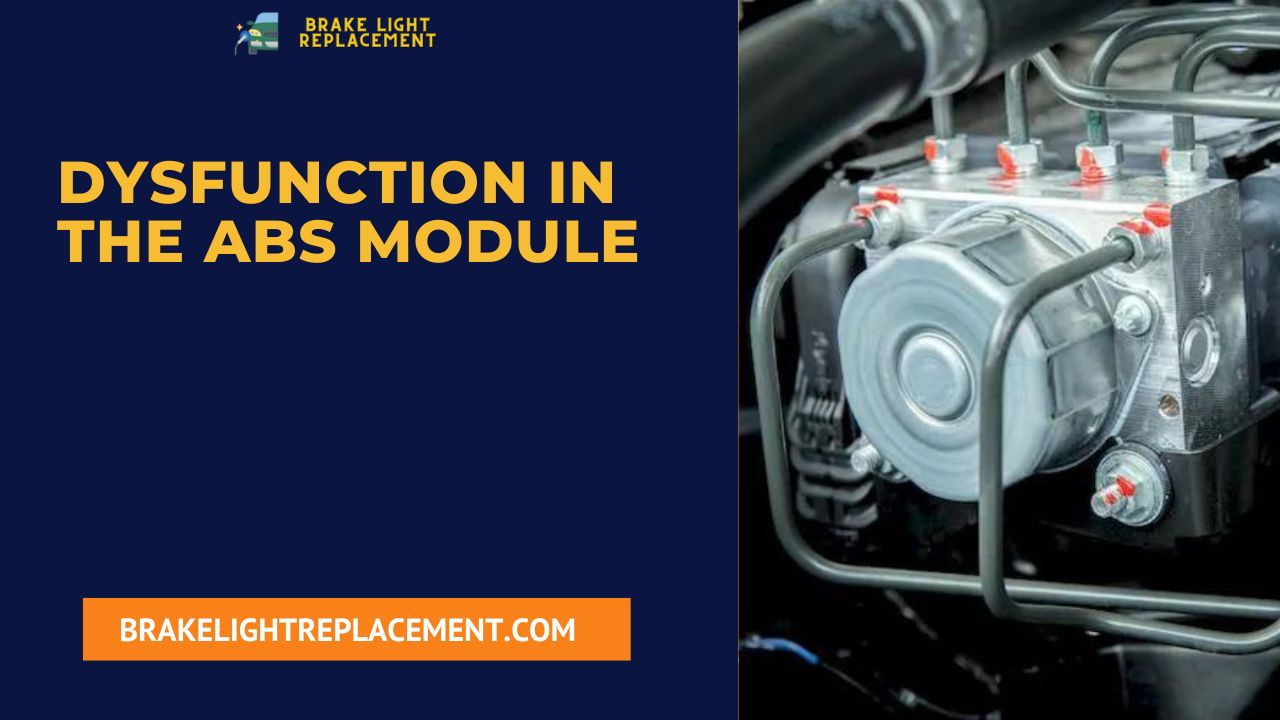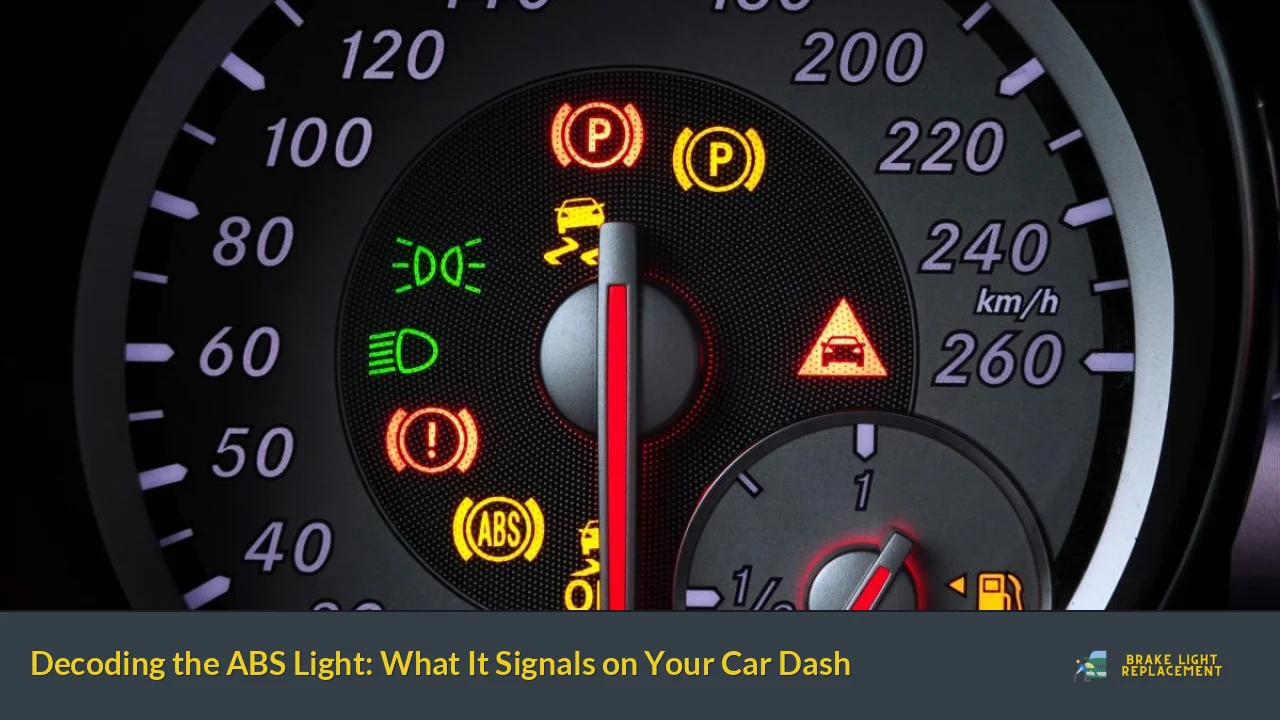It’s quite amusing how a small, unannounced icon on the dashboard can stir up such a sense of apprehension. Somehow, one becomes acutely aware that those inconspicuous warning lights of impending doom signify an issue with the vehicle, potentially requiring unscheduled visits to the mechanic.
Most individuals would rather avoid seeing the ABS light among the various warning lights on the dashboard. Its connection to the vehicle’s braking system makes it a matter not to be taken lightly.
So, what exactly does the ABS light signify? Why does it illuminate, and what should one do when it does? This comprehensive guide will delve into the meaning behind the ABS light and provide all the essential information regarding this dashboard warning icon.
💥See also: What Causes Brake Light on Dash to Stay On?
Let’s Begin by Understanding the ABS Light on the Car Dashboard
To comprehend the significance of the ABS light, one must first grasp the concept of ABS itself.
ABS is the anti-lock braking system, a standard safety feature in modern vehicles. This automated system prevents the wheels from “locking” during abrupt braking.
When the wheels stop turning while the vehicle is in motion, there’s a high likelihood of skidding and losing control. Exerting excessive pressure on the brakes may cause the wheels and axle to halt altogether. The ABS comes into play here, enabling the driver to maintain greater control over the vehicle and reducing the chances of skidding.
Contrary to popular belief, the ABS feature does not bring the vehicle to a halt faster than conventional braking methods. Instead, it provides a slightly extended stopping distance. This small window of control allows the driver to swerve away from potential accidents and avoid injuries. Furthermore, ABS contributes to the longevity of essential components such as tires, brake pads, and calipers.
When the ABS light, typically in shades of amber, orange, or yellow, illuminates, it usually indicates a malfunction within the anti-lock brake system. The appearance of the ABS warning light serves as a clear signal that the vehicle should undergo immediate inspection.
Exploring Five Potential Causes for the Illumination of the ABS Light
Various factors can trigger the activation of the ABS light, though the issue might not always originate directly from the anti-lock system. Here are five potential reasons behind the illumination of the ABS light:
Inadequate Brake Fluid

The hydraulic brake system uses a fluid pressurized by a cylinder to engage the brake pads. The brake fluid reservoir must consistently maintain an adequate level for optimal brake system performance.
A leak or evaporation of the fluid can lead to decreased fluid levels, causing the ABS to function inadequately. The vehicle’s computer can detect low brake fluid levels through a sensor, prompting the illumination of the ABS light.
Malfunctioning Speed Sensor

Each wheel hub incorporates speed sensors that relay information to the computer regarding the individual wheel’s speed. If the computer detects an irregular wheel speed, such as one wheel lagging, the car’s traction control system intervenes by redistributing power to other wheels to compensate.
Speed sensors cannot provide accurate data if they fail to function correctly. Consequently, the anti-lock braking system detects the issue, leading to the flashing warning light on the dashboard.
Dysfunction in the ABS Module

The car’s ABS shares critical components with its traction control system, ensuring all four wheels maintain smooth contact with the ground. When one wheel starts spinning irregularly, the system intervenes, cutting off engine power until stable traction is regained to prevent skidding.
Given the shared components, specifically the self-diagnostic system and control module, issues within one system can interfere with the other. Therefore, problems with the traction system can trigger the illumination of the ABS light, just as a damaged or corroded ABS module can.
Wear and Tear of the Hydraulic Pump

As mentioned, the wheel speed sensor informs the ABS when a wheel moves at a different speed than the rest. In such instances, the system activates the hydraulic pump, increasing brake fluid pressure to maintain wheel traction.
Unfortunately, these pumps are susceptible to wear and tear over time. A worn-out hydraulic pump will prompt the ABS light to illuminate, necessitating its replacement.
Deactivation of the System
While most newer vehicles feature complex ABS and traction control systems that cannot be disabled, certain cars can deactivate both for off-road or closed-track driving.
When the system is intentionally disabled, the car signals the driver by flashing the ABS warning light. Consulting the owner’s manual is advisable to help reactivate the ABS.
What Should You Do When the ABS Light Comes On?
If the ABS light suddenly illuminates while driving, with no other warning lights present, there’s no need to panic. Regular brakes should still function, allowing you to drive safely to your intended destination. Continue driving as usual, exercising extra caution.
However, the ABS light indicates a potential issue with the ABS, restricting your ability to execute a “panic stop.”
On the other hand, if the brake warning light and the ABS light simultaneously light up, it signals a severe problem that demands immediate attention. In such a situation, you should cease driving as soon as it’s safe. Gradually bring your vehicle to a stop while reducing your speed slowly. Once safely stopped, contact your local breakdown service and arrange for your car to be towed.
In Conclusion
This guide aims to understand the ABS light and its implications comprehensively. Dashboard warning lights are crucial indicators for maintaining optimal vehicle performance and safety. Ignoring these warnings is ill-advised, as taking chances with your vehicle’s security can have undesirable consequences.
FAQs About the ABS Light
What is the ABS light on the car’s dashboard?
The ABS (Anti-lock Braking System) light is a warning indicator on your car’s dashboard that alerts you to a potential issue with the anti-lock braking system. Its purpose is to notify you of a malfunction that could impact the system’s ability to prevent wheel lock-up during hard braking.
Is it safe to drive with the ABS light on?
While your vehicle’s primary braking system should still operate with the ABS light illuminated, the anti-lock feature designed to prevent wheel lock-up during hard braking may be compromised. It is advisable to have the issue inspected by a professional promptly to ensure safety.
How can I address the ABS light issue?
The ABS light itself may not affect your car’s overall performance, but the underlying problem causing the light to illuminate could impair the anti-lock braking system’s functionality. This could lead to reduced braking effectiveness in certain situations.
Can I disregard the ABS light if it comes on?
Ignoring the ABS light is not recommended, as it signifies an issue with a critical safety feature in your vehicle. While regular braking function may still be intact, the absence of anti-lock braking could increase the risk of skidding or losing control during hard braking.
